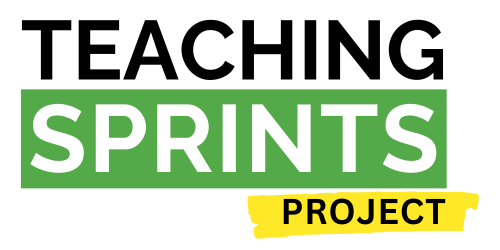A Starter for Building Students' Conceptions of Quality
Facilitate the exchange of positive and critical peer feedback or 'Two stars and a wish'
A protocol for getting students started with peer assessment. The two stars represent what students like and the wishes are for criticisms or suggestions for areas that could be improved.
🧩
What problem does it solve?
Teachers have too much marking and feedback to do.
❓
Why should I use it?
“What teachers typically find is that students are able to be much tougher on each other than the teacher would feel able to be (Wiliam & Leahy, 2015).” It’s also a way of building up students self-regulated learning.
🚩
When can I use it?
As a way to use peers to improve work.
How could you do it?
Ensure that students giving the feedback take it seriously
Have students use post-it notes to write their “two stars and a wish”.
Take all of the “wishes” and display it to the class
Lead a class discussion on the feedback
☝️ Common Mistakes
Not setting up the ground rules for peer feedback
Students don’t understand what the learning intentions are, so they’re unable to provide targeted feedback.
Naming students' work/feedback before they are comfortable. Many would prefer to remain anonymous at the start
How can I make it even better?
Give guidance around what sorts of comments students could make. Sentence starters can provide the scaffolded support needed.
Model ineffective feedback as a way of showing the negative consequences
Use structured protocols that are specific with what happens at each step and how long they have
How could I measure impact?
Track whether or not students changed their work following the feedback and whether or not it led to an improvement.
Example
-
Mark (Stage 3 Supervisor) and his team had been working on developing their students self-regulated learning skills through a high expectations culture. After watching the Teaching Sprints Starter video from Dylan Wiliam on “Two stars and a wish”, staff saw the potential in this strategy in developing the use of peer feedback.
Using the Picture of Practice Protocol, they spoke about how they would set it up to ensure that students took it seriously and behaved appropriately. They also wrote down what the teacher would be doing to facilitate this. The team thought that it would fit in well with their current writing unit because the learning intentions were already quite explicit and it would be easy for students to refer to it.
-
Mark observed each of his team members implementing “Two stars and a wish” to see how effective it was. The observations highlighted the nuances involved with developing a new classroom routine.
After two weeks, the team had a Check-in Meeting. After each teacher went through their experiences practising the new routine, Mark described what he saw and that there was still a need to tighten up the routine. As a team, they reviewed the process to make it more structured in setting it up the routine.
Intentional observations and evidence collection
Both teachers and students completed self-reflection sheets to evaluate how they felt the process was going.
-
The energy in the room at the final review was really positive and the staff enthusiastically shared their stories of success. They spoke about how there had been a number of benefits including:
Increasing the students’ ability to use each other as learning resources
Increasing the accountability and meaningfulness of the learning through having peers assess
Decreased teacher workload from not having to assess as much work
They wanted to build on this in their next Teaching Sprint and were planning on using Dylan Wiliam’s Teaching Teaching Sprints Starter video on using a peer feedback strategy called Choose, Swap, Choose.
Discussion of relevant evidence
Teachers noticed a dramatic increase in the time that they had to attend to students, rather than marking work. The student feedback also reported that they found the process valuable and that they had also gained a lot out of assessing their peers' work as well.
For More Information
Wiliam, D. and Leahy, S. (2015) Embedding Formative Assessment: Practical techniques for K-12 Classrooms. Learning Sciences International
YouTube: Sophie Nott -Feedback - 2 stars and a wish

